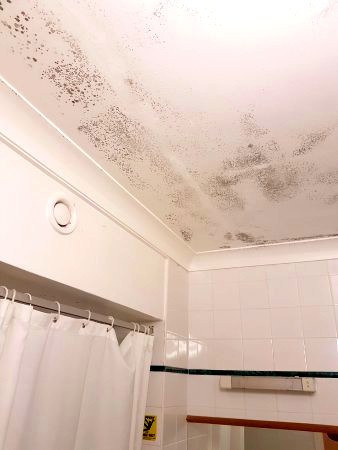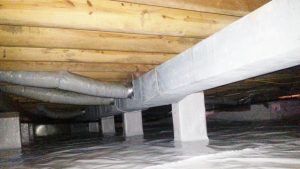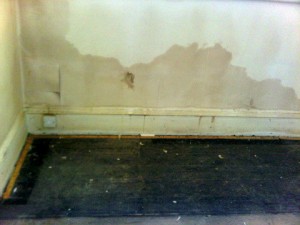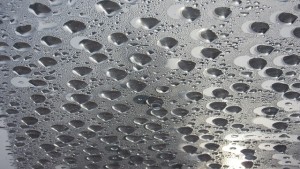Damp is a problem that many people face in the bathroom because of the amount of water and moisture. In houses more generally, most damp issues are caused by water that is getting in from outside. Rising groundwater or rainwater that comes in from a leaking roof can also be a cause. However, bathroom damp most often comes from inside your home.
Open a window
Opening a window is the easiest solution to allow the humid air to escape or replacing it with fresh, dry air instead. It’s a good idea to do this before taking your bath or shower seeing as the condensation can escape straight away rather than lingering in the room. You should avoid opening the bathroom door to get rid of the humidity. Otherwise, it will only cause it to spread to other rooms in your home.
Wipe the surfaces dry
If you’re worried about the moisture causing mold to grow, use a towel or dry cloth to remove the water from the surfaces. Get rid of as much water as you can.
Keep the room warm
The warmer the surfaces in your bathroom, the less condensation will settle. Having a working radiator or underfloor heating installed could not only reduce the amount of condensation but will also help to dry the room out after your bath or shower. You should regularly check that the radiator doesn’t need bleeding and that your condensing boiler is at the right pressure.
Use an extractor fan
Particularly if the room doesn’t have a window. It’s important that your bathroom is fitted with a functioning extractor fan. If you don’t use the fan and don’t open the window, the humid air will have nowhere to go and mold could develop quickly. The fan will help to expel the water vapor outside. Just be sure to dust it every now and then to make sure it’s not blocked with dirt.



